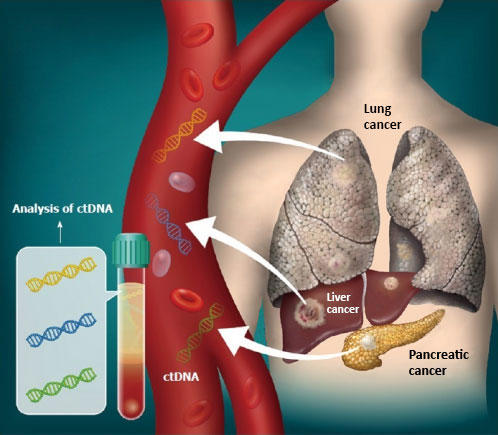What looked like a hearing organ on a tiny stinkbug's leg turned out to be something far stranger: a fungal nursery that mother bugs use to coat their newly laid eggs in protective symbiotic hyphae, shielding their offspring from parasitic wasps. Tympanal organs have repeatedly evolved in many insect species and are often considered to be used for sensing sound. Previous studies have reported a conspicuously enlarged structure on the real legs of adult female dinidorid stinkbugs, which has long been interpreted as a tympanal organ. Dinidoridae are a small group of stinkbugs containing roughly 100 species, many of which suffer from wasp parasitism. However, according to the authors, no other stinkbug groups are known to have these female-specific hindleg structures. To determine the function of this presumed tympanum, Takanori Nishino and colleagues investigated the Japanese dinidorid stinkbug Megymenum gracilicorne and found that its hindleg organ is not used for hearing, but instead represents a previously unknown type of symbiotic organ. Nishino et al. report that the organ's surface is not a membrane but instead made of cuticle covered in several thousand pores, each connected to glandular secretory cells from which specific symbiotic fungal hyphae grow. When females lay eggs, they actively transfer the fungi from the organ onto the eggs, encasing each in a web of growing fungal hyphae. The fungi involved comprise a diversity of mostly low-pathogenicity Cordycipitaceae, which are often insect pathogens. Experiments showed that fungal hyphae covering the eggs physically block wasp parasitism – female wasps could not lay eggs on fully fungus-covered eggs, only on cleaned or sparsely coated eggs. Fungus removal or amputation of female stinkbug hindlegs, which greatly reduced fungal coverage, led to significantly higher rates of egg parasitism. Notably, the fungus does not infect the wasps, indicating that the protection is mechanical rather than chemical or pathogenic. Nishino et al. also examined other dinidorid species and found that all possessed the female-specific hindleg organ and exhibited the distinct egg-smearing behavior.
Stinkbug Leg Organ Contains Symbiotic Fungi To Shield Eggs From Parasitic Wasps
American Association for the Advancement of Science (AAAS)
/Public Release. This material from the originating organization/author(s) might be of the point-in-time nature, and edited for clarity, style and length. Mirage.News does not take institutional positions or sides, and all views, positions, and conclusions expressed herein are solely those of the author(s).View in full here.






